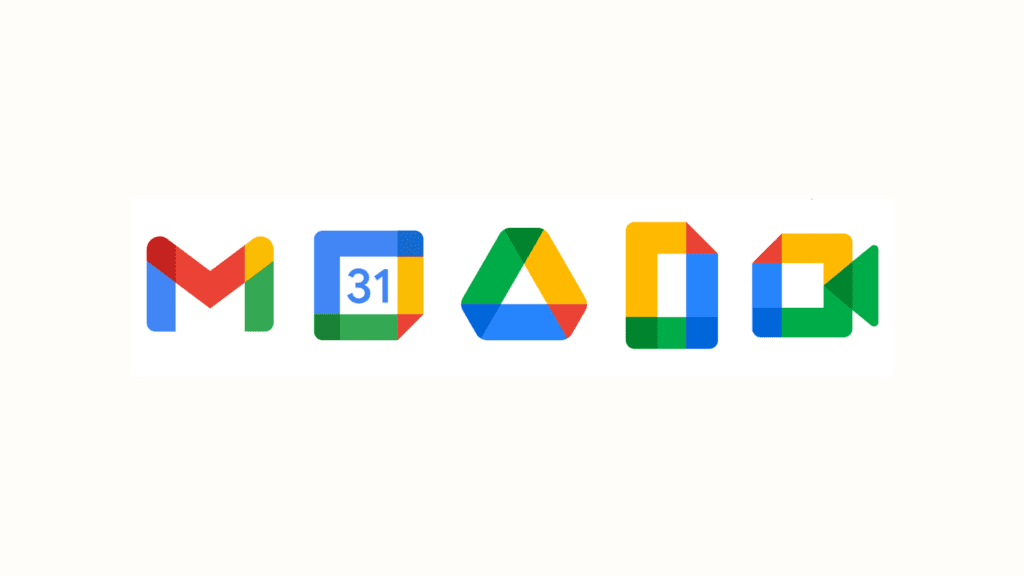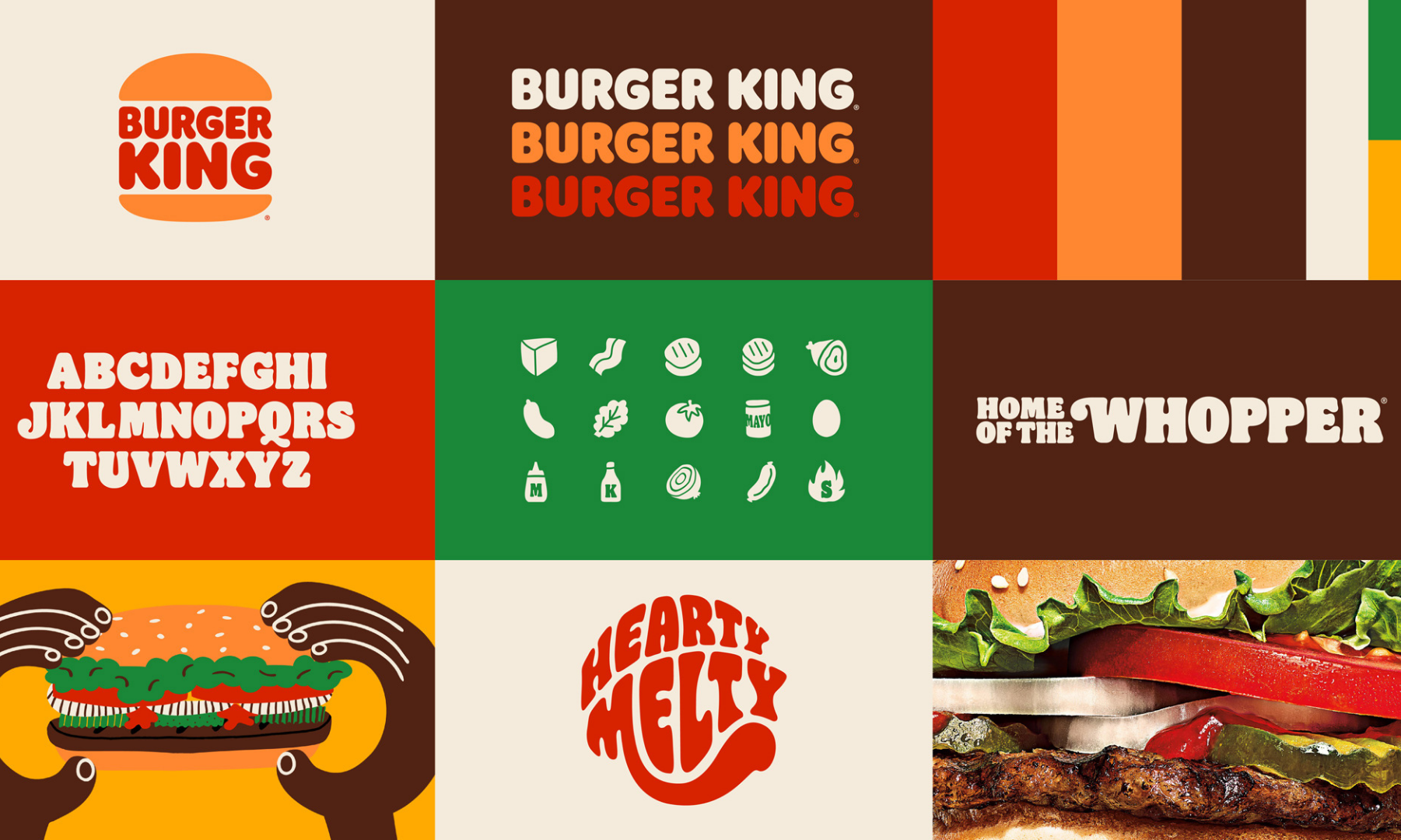Hello and welcome to Design & Otherwise. Here’s a presentation I gave at the North Dakota Cooperative Manager’s Association Spring Statewide conference on April 4th, 2024. Although this is focused on the agriculture industry, the principles of branding remain the same across industries.
“I’m truly living out my goal to combine my passion for design, with the wonderful, and most necessary industry, agriculture. I grew up going to my grandparent’s ranches in central North Dakota, and visiting the meat lab at NDSU campus on occasion with my dad. The agriculture industry has been the backbone of my life in many ways. I’m titling this presentation “What’s in a brand, and why does it matter?” because sometimes getting back to the basics is exactly what we all need to do.

As I said, combining design and agriculture is my passion, because of a very simple reason. Good design = Professionalism. Professionalism= trust. What is something that the industry of agriculture, as a whole, lacks?
TRUST.
Trust from consumers, trust from the media, trust from stakeholders. When people don’t understand what you, as an agriculturist do, it’s a lot harder to trust you, and even easier to spread misinformation about what you do. So, how do we gain trust? Is it really as simple as having a nice-looking logo slapped on the sides of our buildings? Not quite. If you put together any sort of presentation, you probably agree with me, the easiest way to start is by asking your friends what their response to the prompt is. So naturally, I reached out to my friend Andrew Young, a design agency owner at Abovo, to ask him why he thought branding was important.
This was his response: “For me, good branding is like my dad’s Knoephla Soup—it requires many ingredients, and it’s so good everyone lines up for seconds. Nail your brand; and your table will always be full, with folks eager for what’s next. It’s important to remember: Quality in equals quality out. Don’t skimp on the ingredients. No one lines up for a second helping of bad soup.”

It’s true, no one’s going back for bad soup. No one’s going to buy a soap that smells bad, no one’s going to shop at a store that has consistently bad customer service, no one’s going to buy a car that is notorious for breaking down.. And no one is going to work with an organization that doesn’t seem to know their own identity. If you don’t know how to explain who you are, and what you do, or how I, as a consumer am supposed to benefit from working with you, how can I trust you? How am I supposed to trust that by joining your organization, or by working for it, I will benefit from it?
The answer is branding. Branding is HUGE word that means many many things, so let’s break it down a bit more. The definition of branding is “The promotion of a particular product or company by means of advertising and distinctive design”

This is where I come in as a graphic designer, knowing how to create professional design with a distinctive look that helps you stand out in the marketplace. And for any history nerds in the audience, the term branding dates back to Ancient Egyptians who branded cattle as the earliest form of commercial branding. Even design started as a practice of agriculture!
A brand does NOT just equal a logo. The two primary parts of your brand are: Your Voice and Your Visuals.

Your Voice is how you talk to your internal and external audiences. Internally, your employees and members; externally, your community, and potential members. Your voice starts with your story. You can think of your voice as the broth of your knoephla soup, the base of the dish before all of the other ingredients are added in. When someone asks who you are, are you confidently able to explain your background and your mission statement? Do you truly understand what your story is? Is your foundational broth worthy of delicious potato dumplings? Once you know your story, you must make sure it resonates with your audience. Is the story of who you are and what you can do to help your audience clear? Or does it need to be cleaned up to become more understandable? When your story resonates with your audience, you must set rules around your tone of voice.

What characteristics does your voice have? Fun and light-hearted, or academic and serious? No matter which route you choose, you must have clarity in your tone of voice rules, and consistency among your whole organization to be using that same tone. Here’s an example of a brand voice grid:

This one uses the words Fun vs. serious, and concise vs. detailed. Consider where your organization should fall. Who are you? What is your organization’s brand tone? Where do you feel that your brand falls on this grid? You are probably a leader within your organization, but where would your employees plot your brand voice on this grid?
This is a great example of a tagline which encompasses the entire voice and vision of the product it represents. This tagline, “Nothing Great is made alone, ” is for the digital design software, Figma, where you can collaborate in the same file with multiple people. This tagline literally explains the functionality of the product, while also portraying the brand’s tone of collaboration and innovation.

This is a page out of Budweiser’s brand guide, and I really love their statement for why brand voice is important:

Another beautiful page from Budweiser’s brand guide, with these adjectives describing their tone of voice:

The next part of branding, is the visuals, or the “fun” stuff when it comes to being a brand designer. You could also think of this as the carrots, celery, and dumplings that go into that knoephla soup we talked about earlier.

The most obvious ingredient of a brand is the logo, or the system of logos (if a horizontal and a vertical version is needed, if you need an all-white logo to go on dark backgrounds, etc…) An example of a logo system, or a system of icons, are these little marks, which most of us probably know what company these come from without even thinking too hard, and that’s Google.

Google has created an immensely consistent brand, where the primary colors are so obvious and, the icons here are so prevalent in day-to-day life, that we know these are Google products without even having the Google logo attached to it.
Then, the brand guide, the big document that encompasses all of the aspects of your brand such as colors, fonts, icons, photography, and more. From the foundations of the brand including the logo, and the brand guide, come all of the printed and digital spaces where your brand lives. Every single designed piece created under your brand should have a consistent voice, and visual appeal. Literally, anything that is coming from your organization should be thought of as a part of your brand, and treated as such.
Here’s a link to that Budweiser brand guide I keep referring to: https://brandingstyleguides.com/guide/budweiser/

When you understand just how much goes into a successful brand, it’s no wonder why brand management isn’t easy. It takes a team, not just to be creating relevant materials and content, but to believe in the brand, and help champion it across all spaces, to remain consistent and top-of-mind for your customers. As long as you remember that your brand is the single most important way to tell your story, and strive to keep it consistent, you have the opportunity to gain the trust of all who you wish to be in your audience.
Burger King is a great example of a brand that utilizes consistent voice and visuals across all mediums to be a recognizable and trustworthy brand among consumers.



From the burger wrappers, to the social media stories, the brand has a strong voice and visual appeal across all touchpoints.
Here are some things to ask yourself when you’re thinking about your brand, and how to manage it in a way that helps you remain consistent. A lot of you already come from prolific organizations that have a solid brand, but this checklist is good to go over with yourself and ensure you’re representing your organization in a way that properly reflects the brand.
Start by analyzing your past communications. Do they look, sound, and feel like the same organization is creating them? Or do they feel like many different voices are trying to represent one group? Your brand guide should be in the hands of everyone from your CEO to your interns. It’s that important for consistency and clarity. Ask yourself if you have a brand guide, and if you do, when was the last time it was shared with your members and employees? When was the last time it was updated to make sure it follows your current vision? Finally, make a plan for future communications to clean them up for consistency and clarity. Managing your brand is a constant balancing act of setting rules for the brand to follow, and actually using them day in and day out to ensure consistency.

Another thought: A good, professional brand makes your employees proud of where they work. They’re proud to wear the logo on a pullover or hand out their business cards to potential customers. When your organization has a thoughtful brand identity, everyone feels proud to be a part of it, and in turn, want to share it with the world.

Thanks for listening (or reading) to this presentation! Now, go work on your brand!”
Emma











